Death
Death by carrot juice
It was probably the enormous quantities of Vitamin A pills that Basil Brown was taking which actually killed him. Though the daily gallon of carrot juice certainly contributed.More info: NY Times
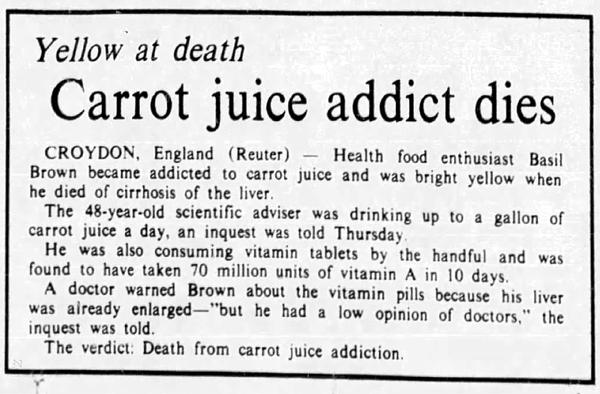
Ottawa Citizen - Feb 15, 1974
Posted By: Alex - Sun Jul 12, 2020 -
Comments (6)
Category: Death, Vegetables, 1970s
Human-Powered Flight
"Vélocipède aérien," proposed by Jean Jacques Bourcart, Paris, August, 1866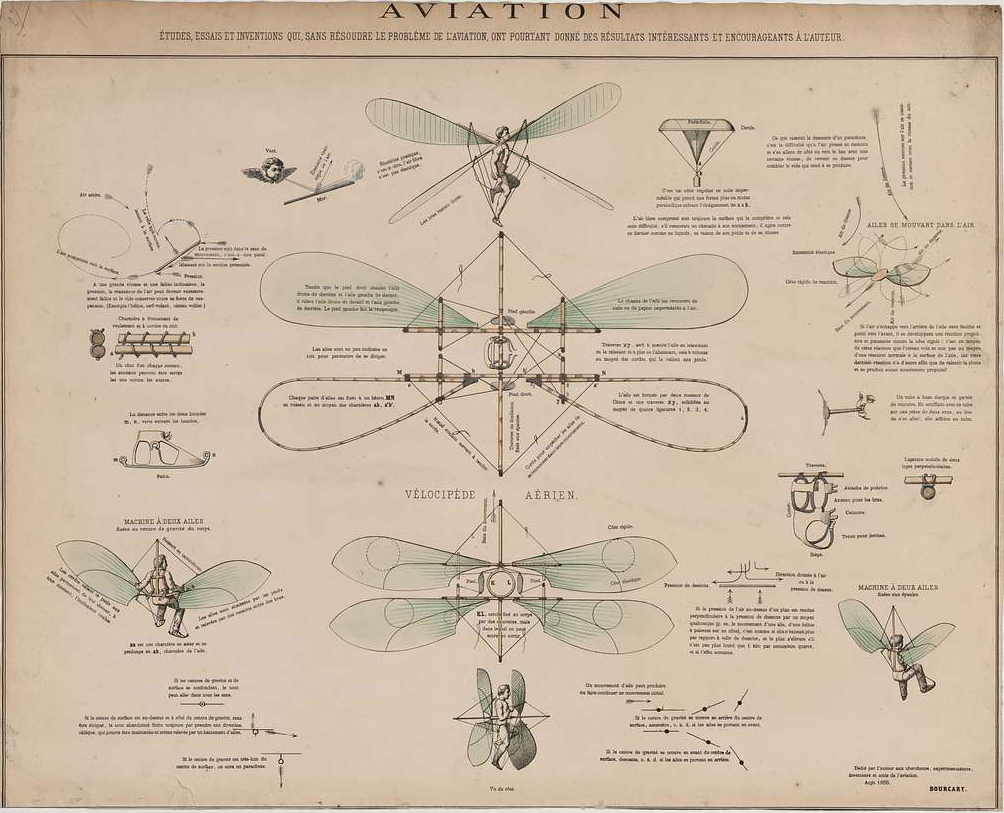
Source.
Posted By: Paul - Sat Jul 11, 2020 -
Comments (3)
Category: Death, Flight, Technology, Nineteenth Century
The strange death of Frank Hayes
June 4, 1923: Jockey Frank Hayes suffered a heart attack and died while riding the horse Sweet Kiss in the steeplechase at Belmont Park. He nevertheless won the race.It's the only time that a horse race has been won by a dead jockey. And it's probably also the only time that a sports competition has been won by a dead contestant.
More info: wikipedia
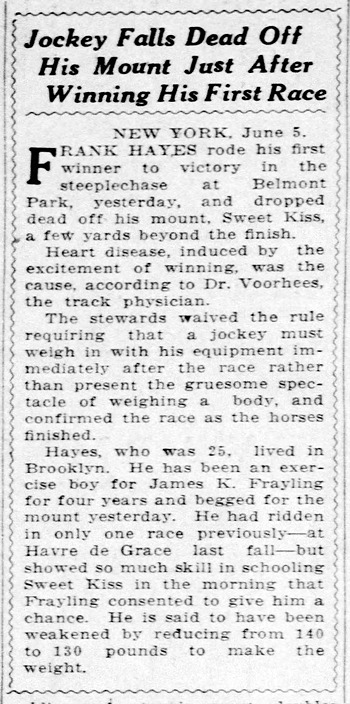
St. Louis Post-Dispatch - June 5, 1923
Posted By: Alex - Thu Jul 09, 2020 -
Comments (7)
Category: Death, Sports, 1920s
Lightning-Struck Brassieres
Fatalities that occurred in 1982 and 1999 reveal that wearing an underwire bra in a lightning storm can lead to loss of life.
St. Joseph News-Press Gazette - Jun 19, 1982

The Vancouver Sun - Oct 28, 1999
Posted By: Alex - Wed Jul 01, 2020 -
Comments (1)
Category: Death, Underwear
The Bee Bed
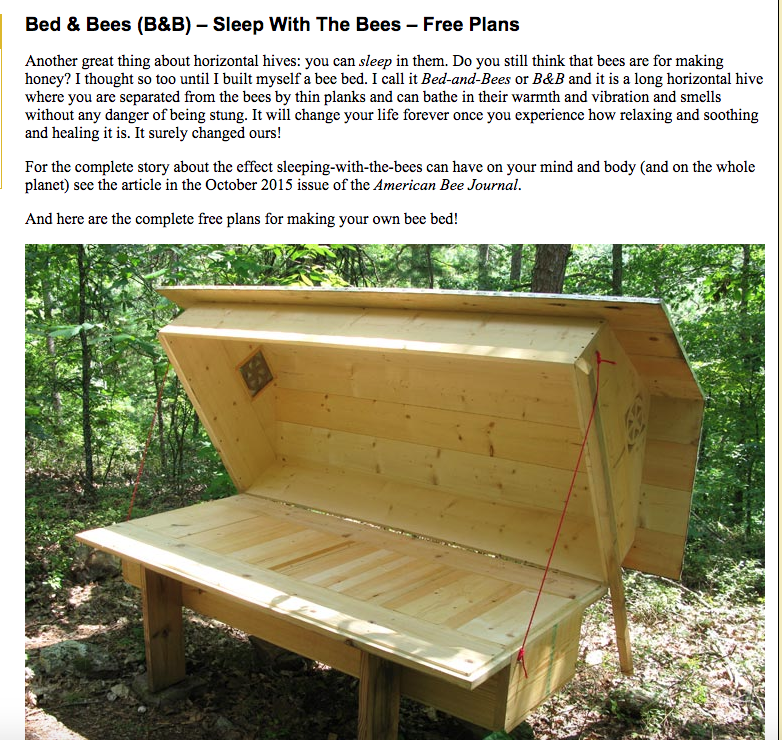
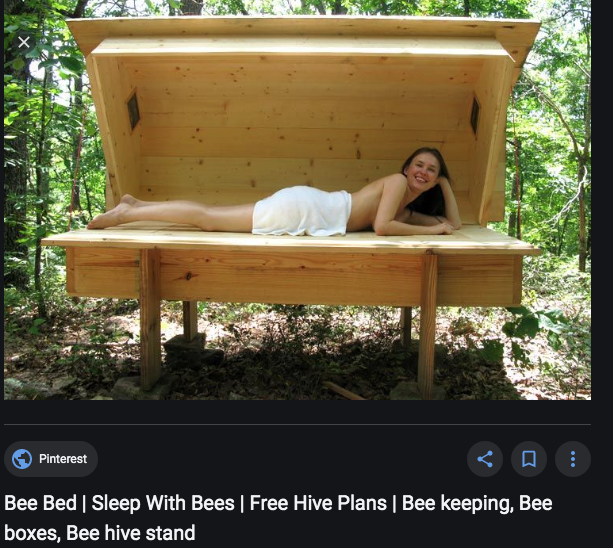
Get your free plans here!
Posted By: Paul - Tue Jun 23, 2020 -
Comments (9)
Category: Death, Domestic, Excess, Overkill, Hyperbole and Too Much Is Not Enough, Insects and Spiders
Reusing Old Graves
Prompted by a concern that British cemeteries were running out of space, Professor Douglas Davies was commissioned to research public attitudes about reusing graves. The result was his book Reusing Old Graves, which became the 1995 winner of the Diagram Prize for oddest title of the year.More info from a review in the Ecclesiastical Law Journal:
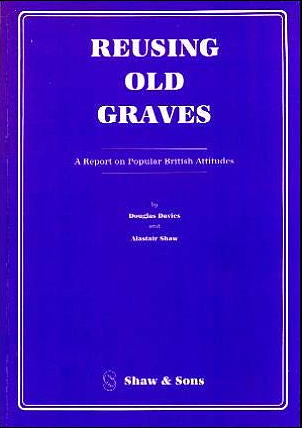
Posted By: Alex - Mon Jun 15, 2020 -
Comments (5)
Category: Death, Books
Unlikely Reasons for Murder No. 2
Our beloved Chuck Shepherd used to feature a theme which was, as I recall, along the lines of "unlikely reasons for murdering someone." It's probably time to revive the topic.Here, a wife kills her husband--and others--so that no one will take her husband away.
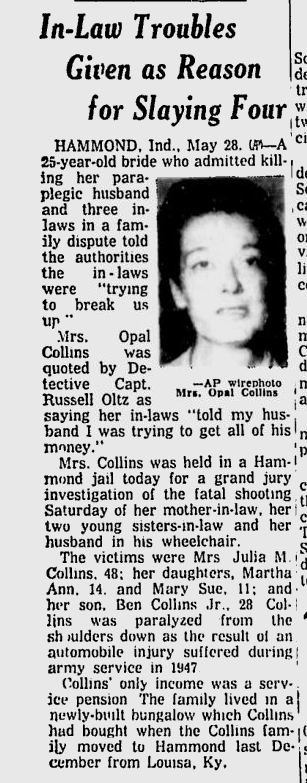
Source (scroll leftwards).
Posted By: Paul - Wed Jun 03, 2020 -
Comments (5)
Category: Death, Family, 1950s
Freeze-Dried Human Bodies
Philip Backman's 1978 patent describes a process for freeze-drying human bodies.The problem with freeze-drying any large animal is that there's not enough surface area to allow for rapid freeze-drying. So, to increase the surface area, Backman explained that it would first be necessary to freeze the body and then smash it into small pieces in a hammer mill. Once the body had undergone this "surface enhancement," it could be rapidly freeze-dried, which would remove the water in the body, reducing its weight by 95%. The resulting remains could be kept in an urn, just like cremated remains.
Backman argued that his freeze-drying process had all the advantages of cremation (in terms of reducing the body to a compact size), but cost less. However, the funeral industry apparently didn't like the idea of running bodies through a hammer mill.


Posted By: Alex - Sun May 31, 2020 -
Comments (6)
Category: Death, Inventions, Patents, 1970s
Buried at the golf course
In 1989, a Canadian company tried to promote the idea of burying people at golf courses. They imagined that courses could add memorial walls made out of their patented "mod-urns" — hollow, cremain-filled building blocks that could be snapped together to make instant memorial walls.A company rep argued that this could be "a potentially lucrative business for golf courses, who could pack in up to 50,000 new 'members' per acre."


Ottawa Citizen - Sep 29, 1989
Posted By: Alex - Mon May 25, 2020 -
Comments (0)
Category: Death, Sports, Golf, Patents, 1980s
Coffin Cradle
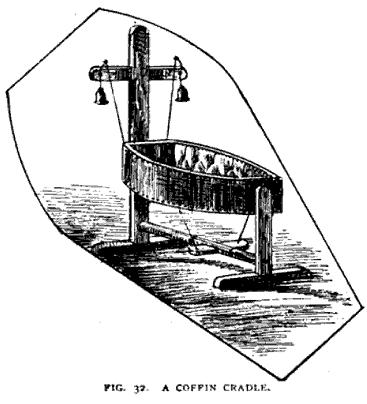
From the Strand Magazine - Vol 8, 1894:
Posted By: Alex - Tue May 12, 2020 -
Comments (2)
Category: Babies, Death, Furniture

| Who We Are |
|---|
| Alex Boese Alex is the creator and curator of the Museum of Hoaxes. He's also the author of various weird, non-fiction, science-themed books such as Elephants on Acid and Psychedelic Apes. Paul Di Filippo Paul has been paid to put weird ideas into fictional form for over thirty years, in his career as a noted science fiction writer. He has recently begun blogging on many curious topics with three fellow writers at The Inferior 4+1. Contact Us |




